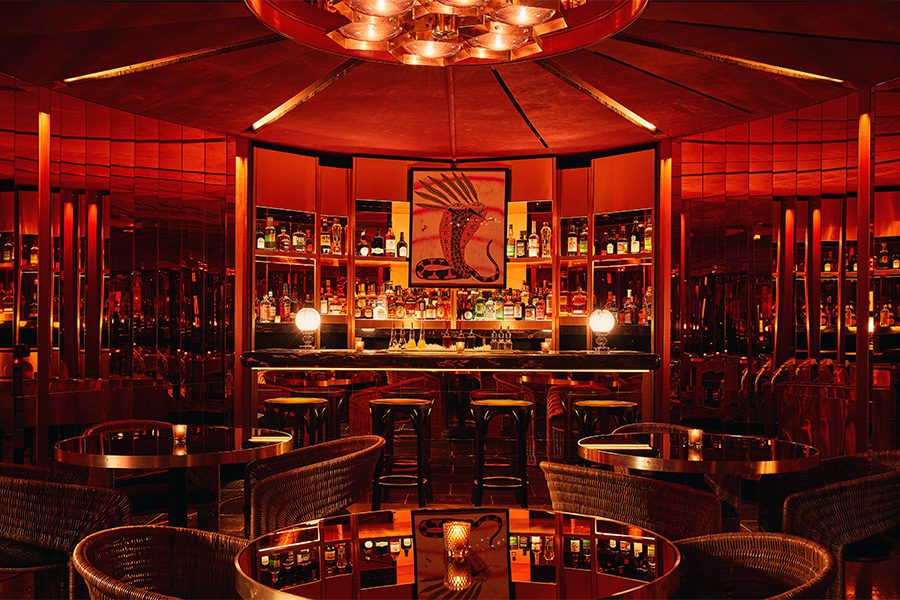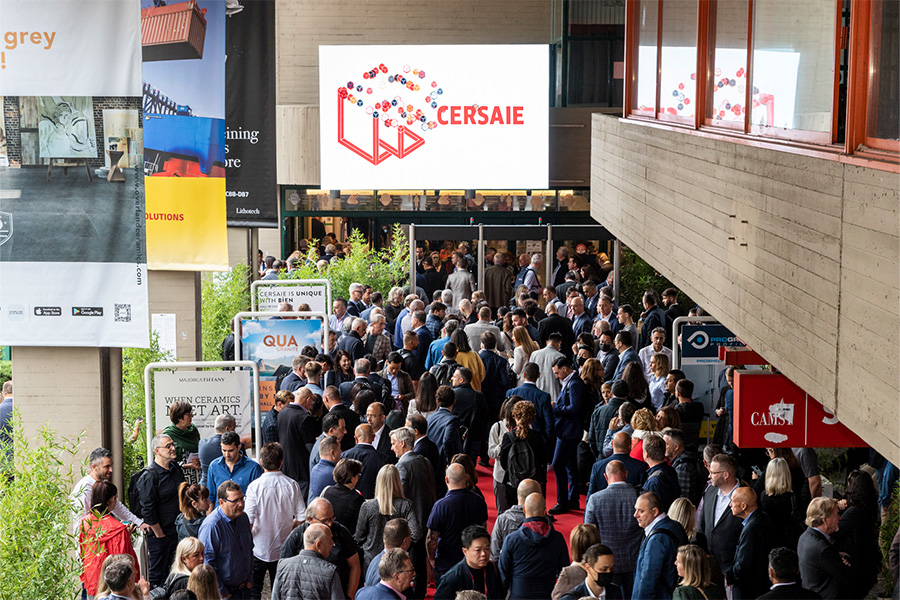As the restaurant industry continues to evolve, design will play an even more critical role in shaping the dining experience.
This year, more than ever, the focus is on creating spaces that cater to diverse needs—from blending casual gathering spaces with intimate settings to offering guests thoughtful, personalized touches.
Here, we asked six designers about what the future of F&B looks like.
“We’ll see very specific, hyper-specialized concepts in certain cuisines. [There’s a] big trend in steakhouses taking forms of non-conventional design styles, as well as the Asian styles with listening bars, record shops, speakeasies, and vinyl rooms. [We’ll see] more wood-fired, open-concept kitchens that connect [patrons] to the dining experience.” —Anwar Mekhayech, founding partner, DesignAgency
“As experiential dining remains a top priority for consumers, restaurant design will continue to focus on creating unique, memorable experiences. Spaces that provide diverse offerings within a single location—such as a lively bar area, multiple dining spaces catering to both casual and intimate needs, and an inviting outdoor patio—will stand out. Thoughtful design that caters to celebrations, gatherings, and individual moments alike will be key to fostering repeat visits and building lasting connections with guests.” —Shannon Sterne, associate/project designer, Aria Group
“In the post-pandemic world, people want to travel and escape more than ever. The idea of crossing thresholds—whether across oceans to new countries or passing through doorways into a new, otherworldly design—is spilling into restaurants. The richness of these designs—plus the growth of experimental cuisines and cultural mash-ups—allow for spaces and places that are more and more transportive, more meaningful and experiential, and, ultimately, leave a memorable wrinkle on one’s brain through an emotive design and experience.” —Christian Schulz, design director + partner, Studio Collective
“We’ll continue to see an expansion of member programs (rather than having a private members club) that are overlaid within a restaurant, where being a member gets you access to chefs, rare products, and exclusive spaces within a restaurant that are purpose-designed. We’ll also see an expansion of carts and table-side preparations, where guests interact directly with staff and can custom-tailor their selections. And, with the growth of NA [non-alcoholic] beverage programs, it’s possible we’ll see some wild reinterpretations of bars and social drinking where the focus is less on the spirits themselves.” —Andrew Lieberman, principal + design director, AvroKO
“Following the pandemic, the way we think about guests has changed and expanded, specifically when it comes to designing the breakdown of the restaurant into zones. To accommodate the solo diner, we are incorporating more bar seating and installing banquettes that face out into the room, so diners can take in its energy while also feeling a sense of seclusion. The large, oppressive host podium has also gone away. Instead, we are seeing more sculptural pieces or found objects that make an impression as soon as guests walk in and eliminate the ‘us versus them’ dynamic.” —Lori Mukoyama, global hospitality leader + principal, Gensler
“Sensorial, earthy, and unexpected luxury. Guests are seeking unforgettable experiences that combine sensation, engagement, and indulgence. Restaurant design will cater beyond the physicality of the space to the five senses for a highly curated, immersive experience. We can expect these visually captivating, multi-sensory designs to include tactile surfaces, ambient sounds, and aromatic elements to craft an all-encompassing atmosphere. Also, unloved or secondary spaces—like washrooms, corridors, nooks, and corners—can be expected as an integral part of the experience, punctuating spaces with unexpected moments.” —Joanna Breda, design director, IA Interior Architects



